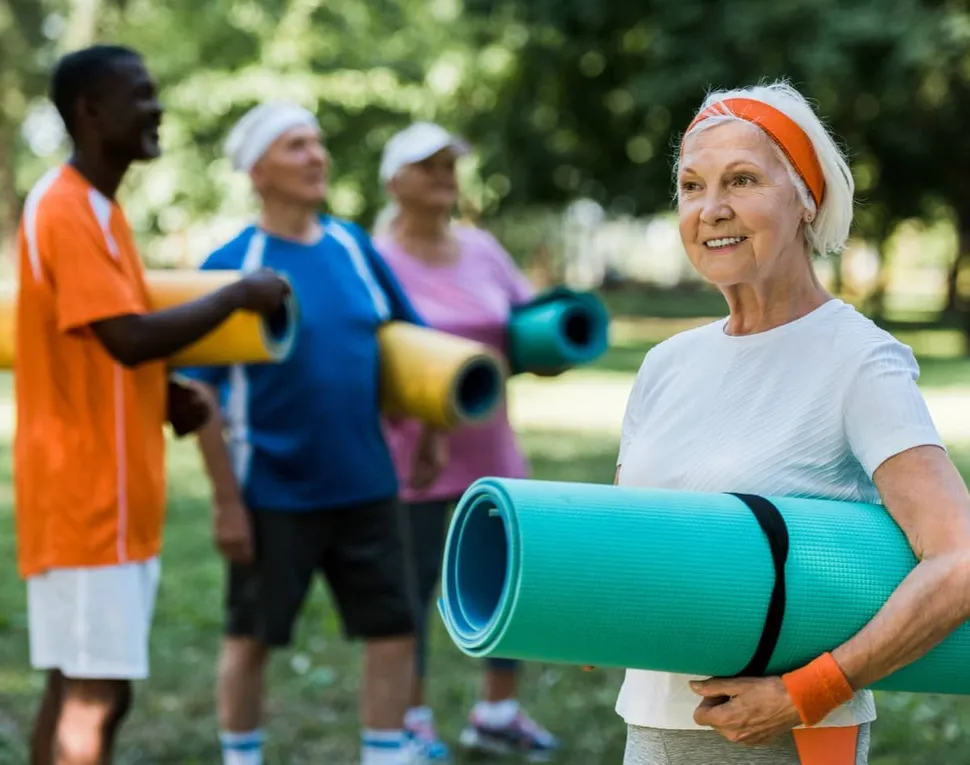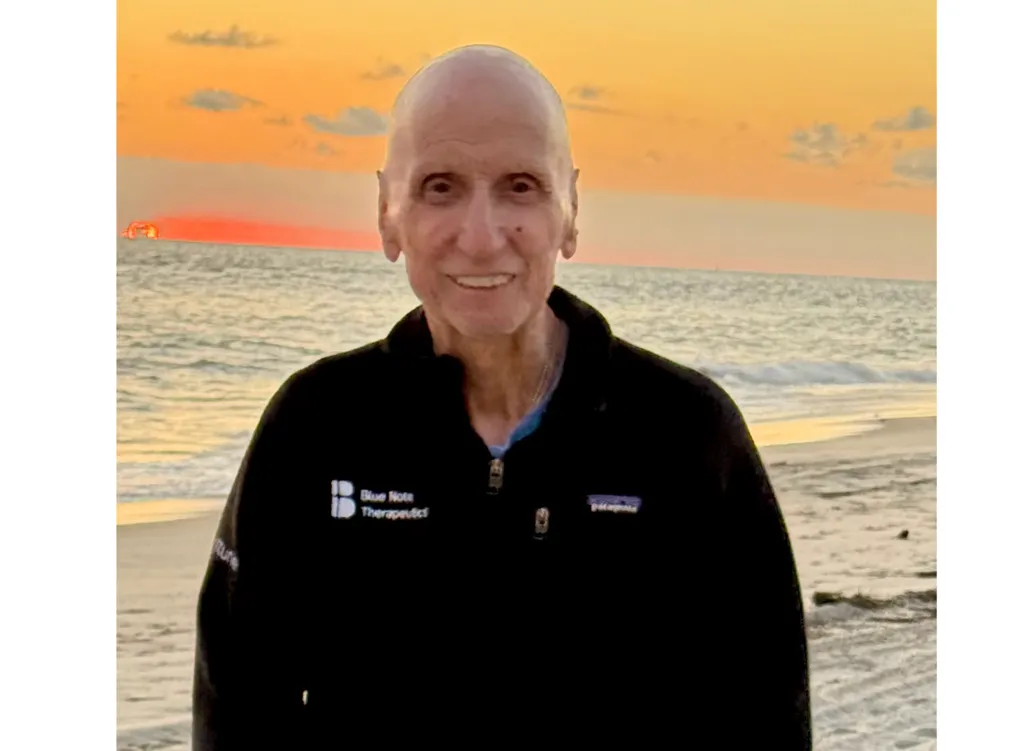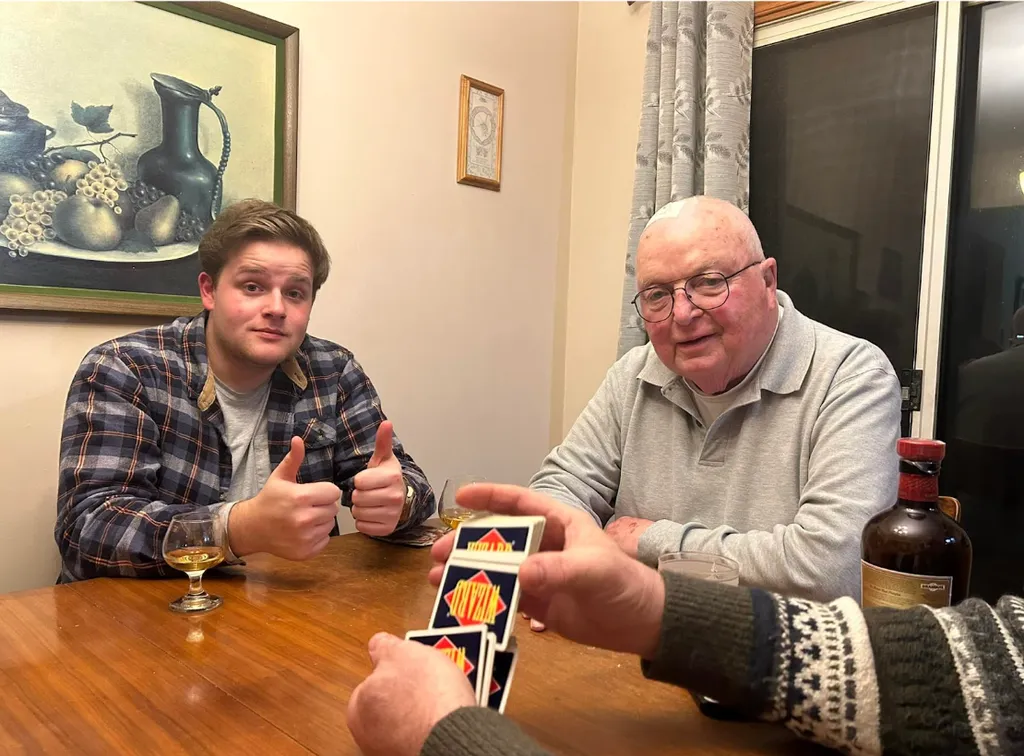Fighting Fatigue? Low Intensity Exercise Can Help

HealthTree Coach Beth Travis, PT, MS recently shared ways to conserve energy at home and work to help prevent fatigue.
Simply having AML causes fatigue. The addition of medications to treat can lead to more exhaustion. One of the many strategies shared by patients to help fight fatigue is to start an exercise routine to improve energy level, stamina, and strength. In a survey done by HealthTree, ninety-two percent of the patients who used exercise as a strategy reported less fatigue.
The success of this strategy is also backed by research. In a German study of 16 hospitalized patients undergoing high-dose chemotherapy, followed by stem cell transplant, daily treadmill exercise was shown to improve endurance, reduce fatigue and improve the sense of well-being for patients at the time of discharge. This study concluded to reduce fatigue, patients should increase physical activity rather than rest after treatment. Another small group study found aerobic exercise to reduce fatigue and decrease psychological distress of individuals undergoing chemotherapy.
A third study at the University of Georgia found:
“Sedentary people who regularly complain of fatigue can increase their energy level by 20 percent and decrease their fatigue by 65 percent by engaging in regular, low intensity exercise.”
The team’s analysis also concluded:
“improvements in energy and fatigue were not related to increases in aerobic fitness that the exercisers experienced.....the finding suggests that exercise acts directly on the central nervous system to increase energy and reduce fatigue. “
When tired and drained from treatment it may seem daunting to begin an exercise program. However, the research on low-intensity exercise is exciting! Starting small, and at low levels can yield big rewards. As you look for ways to increase your physical activity level it is important to balance activity with rest. Incorporating the 4 P’s of Energy Conservation can help with this.
Planning:
Determine the activity that is important to you and plan for it to happen. This could be a range of things and will be different for everyone based on your starting point and interests. You could start small by walking to the mailbox to get the mail, completing your full self-care routine for the day without any help, house cleaning, gentle stretching, etc. Progressing to: walking longer distances, attending yoga or Tai chi class, playing pickleball, a bicycle ride, or swimming. Plan and incorporate movement/activity into your daily routine to make sure it happens.
Pacing:
Perform tasks at a moderate rate, don’t rush, and allow yourself time to take a break if you need it. Rushing can increase the risk of falls or injury. Allow yourself to take a nap if needed prior to activities to build/save up energy.
Prioritizing:
Consider the activities that are important and interesting to you. Focus your energy on those and delegate other tasks to family/friends. Make movement a priority every single day.
Positioning:
Where and how you do tasks can save energy while still allowing you to participate. For example, sitting down to stretch or lift light weights saves energy while allowing you to complete the task. As you gain more strength and endurance you can progress to standing for these tasks. Sitting down while doing other household or self-care tasks (when brushing teeth, styling makeup or hair, or while chopping vegetables/doing simple meal prep) will allow you to complete those activities independently while saving energy for activities that you want to do later in the day.
The most important thing is to start. Start today focusing on what you can do and build on that each day. As you do you will see your strength, endurance, and happiness increase as you feel better and stronger!
HealthTree Coach Beth Travis, PT, MS recently shared ways to conserve energy at home and work to help prevent fatigue.
Simply having AML causes fatigue. The addition of medications to treat can lead to more exhaustion. One of the many strategies shared by patients to help fight fatigue is to start an exercise routine to improve energy level, stamina, and strength. In a survey done by HealthTree, ninety-two percent of the patients who used exercise as a strategy reported less fatigue.
The success of this strategy is also backed by research. In a German study of 16 hospitalized patients undergoing high-dose chemotherapy, followed by stem cell transplant, daily treadmill exercise was shown to improve endurance, reduce fatigue and improve the sense of well-being for patients at the time of discharge. This study concluded to reduce fatigue, patients should increase physical activity rather than rest after treatment. Another small group study found aerobic exercise to reduce fatigue and decrease psychological distress of individuals undergoing chemotherapy.
A third study at the University of Georgia found:
“Sedentary people who regularly complain of fatigue can increase their energy level by 20 percent and decrease their fatigue by 65 percent by engaging in regular, low intensity exercise.”
The team’s analysis also concluded:
“improvements in energy and fatigue were not related to increases in aerobic fitness that the exercisers experienced.....the finding suggests that exercise acts directly on the central nervous system to increase energy and reduce fatigue. “
When tired and drained from treatment it may seem daunting to begin an exercise program. However, the research on low-intensity exercise is exciting! Starting small, and at low levels can yield big rewards. As you look for ways to increase your physical activity level it is important to balance activity with rest. Incorporating the 4 P’s of Energy Conservation can help with this.
Planning:
Determine the activity that is important to you and plan for it to happen. This could be a range of things and will be different for everyone based on your starting point and interests. You could start small by walking to the mailbox to get the mail, completing your full self-care routine for the day without any help, house cleaning, gentle stretching, etc. Progressing to: walking longer distances, attending yoga or Tai chi class, playing pickleball, a bicycle ride, or swimming. Plan and incorporate movement/activity into your daily routine to make sure it happens.
Pacing:
Perform tasks at a moderate rate, don’t rush, and allow yourself time to take a break if you need it. Rushing can increase the risk of falls or injury. Allow yourself to take a nap if needed prior to activities to build/save up energy.
Prioritizing:
Consider the activities that are important and interesting to you. Focus your energy on those and delegate other tasks to family/friends. Make movement a priority every single day.
Positioning:
Where and how you do tasks can save energy while still allowing you to participate. For example, sitting down to stretch or lift light weights saves energy while allowing you to complete the task. As you gain more strength and endurance you can progress to standing for these tasks. Sitting down while doing other household or self-care tasks (when brushing teeth, styling makeup or hair, or while chopping vegetables/doing simple meal prep) will allow you to complete those activities independently while saving energy for activities that you want to do later in the day.
The most important thing is to start. Start today focusing on what you can do and build on that each day. As you do you will see your strength, endurance, and happiness increase as you feel better and stronger!

about the author
Beth Travis
Beth Travis PT, MS, Cert MDT, Lean Six Sigma Black Belt in Healthcare Beth graduated from Ithaca College with her Bachelor's Degree and Queens College for her Master’s Degree. She loves her work as a Licensed Physical Therapist in a variety of settings as a clinician and management in hospital, industry, rehabilitation facilities as well as being an owner of outpatient physical therapy facilities. She enjoys spending time with family and friends, has a passion for improving patient care, learning, cooking, food adventures, and nutrition.
More on Navigating Your Health
Trending Articles

Get the Latest Acute Myeloid Leukemia Updates, Delivered to You.
By subscribing to the HealthTree newsletter, you'll receive the latest research, treatment updates, and expert insights to help you navigate your health.










